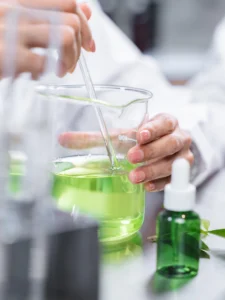
Cosmetic formulation
We explore how active ingredients and formula stability are essential to creating safe skin-care products.
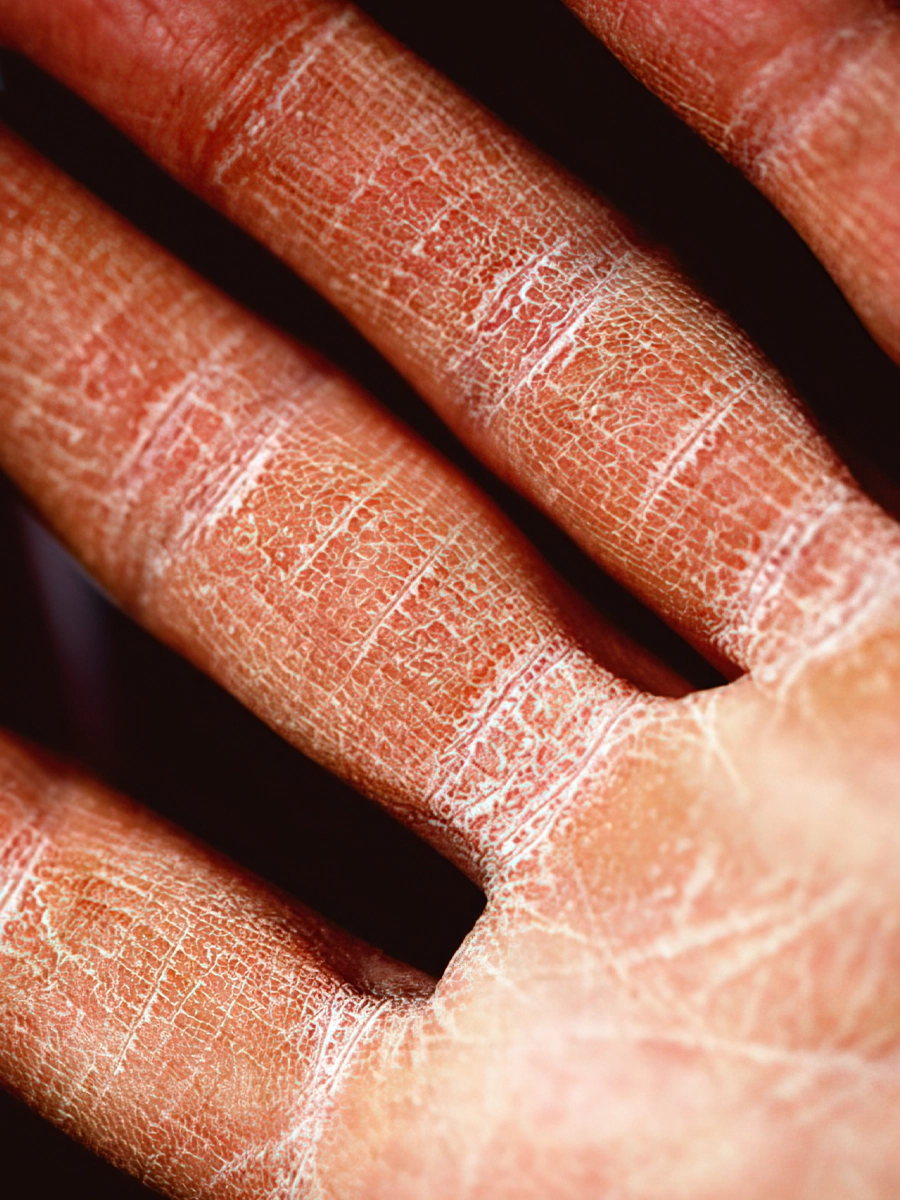
Occupational dermatosis, also named occupational skin diseases or professional dermatoses, are skin diseases acquired in the work environment. It is common in jobs where there is repeated contact with chemicals or constant and excessive moisture on the skin. This disease accounts for 30% of work-related ailments, which include skin conditions caused, conditioned, promoted, maintained or aggravated by the same activity. Contact dermatitis is the most common form of occupational dermatosis in working areas.
These diseases manifest themselves in redness, irritation, itching and eventually skin infections. It is crucial to reduce the risks of repeated contact with chemicals and to apply skin care protocols to prevent complications and sick leave.
Industry is advancing and so are the systems, industrial processes, materials and substances used. Industry harbours a wide range of harmful substances which repeatedly come into contact with the skin. These agents repeatedly come into contact with the skin endanger the health of the worker and cause incapacity.
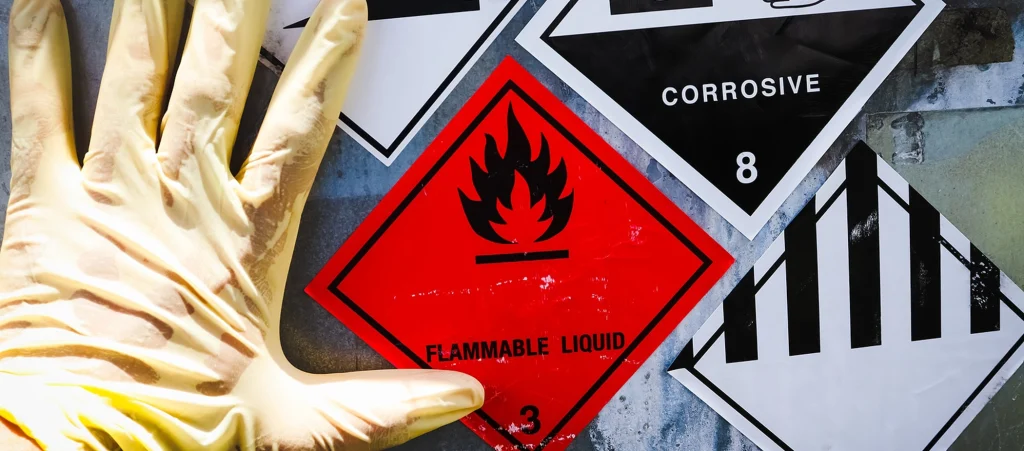
La pérdida de productividad de los trabajadores enfermos, genera una repercusión económica significativa para la sociedad, ya que se traduce en gastos relacionados con la asistencia sanitaria y las prestaciones económicas por incapacidad que en muchos casos pueden ser permanentes. Además, se observa un aumento progresivo en la prevalencia de enfermedades alérgicas en diversos entornos laborales y procesos productivos concretos.
This situation highlights the urgent need to implement a specific Occupational Health Protocol focusing on the prevention of allergic diseases in the workplace.
It is estimated that the majority of occupational dermatoses are contact dermatitis, with a significant percentage being allergic dermatitis and the remainder irritant dermatitis. The clinical manifestations of dermatitis vary according to the stage of the disease.
In the acute phase, the skin is reddened, itchy and swollen, sometimes with blisters and oozing clear fluid.
In the chronic phase, symptoms include thickening of the skin, scaling, oedema, vesicles and even blisters, and painful fissures.
The most common location of dermatitis is on the hands, followed by the arms, face and neck, due to exposure to dust or vapours, as well as accidental transmission of allergens and irritants through contaminated hands and gloves.
Anaphylaxis is a severe and potentially life-threatening systemic reaction, defined by EAACI as hypersensitivity with rapid onset of respiratory, circulatory or gastrointestinal problems, associated with skin and mucosal changes.
Occupational anaphylaxis refers to a reaction to agents or conditions in the work environment, with an estimated incidence between 0.1% and 2.4%. It is the most severe expression of allergic disease and can rapidly lead to anaphylactic shock.
The food industry is one of the causes of occupational anaphylaxis, with workers exposed to allergens in food and additives. Cases have been reported in handlers of plant, animal and additive foods, as well as latex proteins.
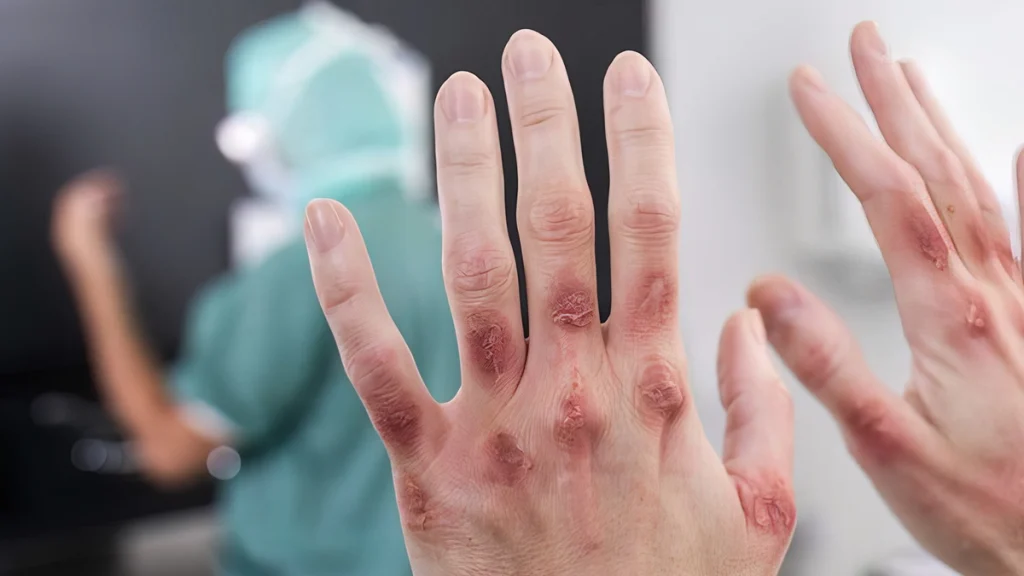
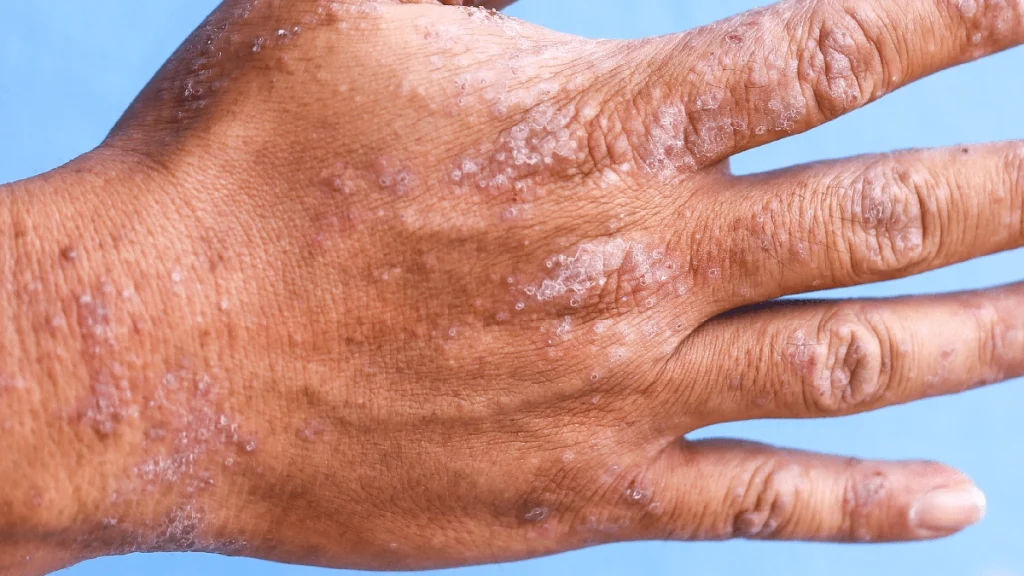
In addition to the common factors that cause occupational dermatosis, such as prolonged exposure to liquids, continuous hand washing or contact with chemical substances such as abrasives, antiseptics, and detergents, among others. There are also other determinant causes specific to each particular sector and its processes.


Although the best prevention will always be the training of professionals in the routines they must carry out daily, it is vitally important to prevent health problems associated with tasks and exposure to chemical substances on the skin. In this sense, we highlight four key points to reduce the risks of exposure to occupational dermatosis.
PRODERPHARMACARE® proposes a selection of protection and care products for the skin together with a protocol for the detection and recognition of the factors responsible for the correct health of the skin of professionals in the working environment through the Dermal Safety Programme (DSP) In this way, we join the criteria for the prevention of professional dermatosis in the workplace proposed by the National Institute for Safety and Health at Work.

We explore how active ingredients and formula stability are essential to creating safe skin-care products.

The skin acts as a first line of defence against atmospheric effects. How can you protect your skin from the weather and pollution?

The environmental impact of cosmetics in the hotel industry is devastating to the ecosystem. Sustainable products reduce the damage.